table of contents:
The power of a sewing machine determines its ability to work efficiently on different types of fabrics, from the lightest to the thickest. A well-suited sewing machine not only handles thicknesses effortlessly, but also ensures consistent, fast, and durable sewing, even on the most demanding materials.
A powerful sewing machine saves time while ensuring professional-quality finishes. This is an essential criterion for discerning sewers, whether they are amateurs, enthusiasts, or textile professionals. Understanding the power of your sewing machine will help you make the right choices for your projects and fully exploit the potential of your equipment. Here, we'll decipher how to choose the right power for your projects while revealing tips that will boost the performance of your current machine.
Why is power important for a sewing machine?
The power of a sewing machine is an essential criterion that is often underestimated. It not only determines the ability to work with thick fabrics effortlessly, but also influences the consistency and precision of stitches. For demanding professionals, choosing the best professional sewing machine relies primarily on the quality of this motor, which guarantees performance and durability.
Between preconceived ideas about sewing speed and real performance indicators, understanding the real impact of a powerful motor allows you to choose a reliable machine, suitable for the most ambitious projects.
A powerful motor to work thick fabrics without hassle
Power is determined by the ability to pierce through stubborn materials. For denim or leather, aim for at least 60W. This power translates to a needle that can pass through four layers without slowing down. A specially designed leather sewing machine optimizes this performance with a reinforced motor and adapted mechanics.
An underpowered machine quickly turns your project into an obstacle course. Here's what's likely to happen:
- Repeated blockages on thick fabrics like denim or leather, the needle struggles to pass through the layers
- Machine loses its rhythm in the face of resistance
- Frequent needle breakages: low power causes mechanical bending
- Warped surfaces on light materials, the motor forces and deforms the fabric
- Premature engine overheating: Repeated jams wear out the system

With a power of 50W , the machine can work a fabric of 3 mm thickness. With 80W, it can work 6 mm. As you can see, the figures speak for themselves. To delve deeper into the technical criteria of machines capable of passing through thick materials, we will imagine a situation.
Let's say you're trying to sew thick velvet cushion covers. If you use a 35W machine, it might not hold up after the second layer. As a result, you'll have dropped stitches, tangled threads, and you'll probably abandon your project. Good power makes all the difference.
When purchasing models from well-known brands like Juki, Janome, or Elna, trust only specialized stores like Verotex. You'll have no trouble finding what you need among a wide selection of high-quality machines.
Sewing speed: the big misunderstanding
The power of a sewing machine isn't determined by the number of stitches it makes per minute. Just because you have a machine that can make 2500 stitches per minute doesn't mean you're dealing with a powerful machine. A fast, but weak model will stall on denim. True performance depends on having enough power to maintain 800 RPM , even on 5 layers of fabric.
|
Comparison of key performance between domestic and industrial machines |
||
|
Characteristic |
Household machines |
Industrial machinery |
|
Engine power |
40W - 150W (60W typical) |
750W and more |
|
Sewing speed |
800 - 1100 stitches/minute |
Up to 4500 stitches/minute |
|
Engine type |
Universal or carbon motors |
Electronic servomotors |
|
Building materials |
Plastic/metal mix |
Metal components |
|
Engine torque |
Suitable for common fabrics |
Optimized for thicknesses |
|
Types of fabrics |
Cotton, linen, fine wools |
Jeans, leather, technical fabrics |
|
Robustness |
500 - 1500 hours/year |
8000+ hours/year |
At full speed, a weak machine sees its stitches tighten anarchically. The solution is to opt for a motor that remains calm under pressure, as some professional models demonstrate.
Don't think about upgrading your sewing machine just yet. Before you do, try cleaning the feed dogs, oiling the moving parts, and using new needles. These simple steps can give your old sewing machine 20% more power .
Indicators that don't lie
Technical specifications sometimes obscure the essentials. Look for the motor torque (in Nm) rather than watts alone. The correct indicator is the machine's ability to sew 8 layers of denim without adjusting the tension. The power of a well-calibrated sewing machine is recognized by its ability to maintain smooth operation, without straining or overheating, even on the densest materials.
A continuous humming sound while sewing means the motor is in excellent condition, while a stuttering buzzing or metallic clicking sound indicates an overload. In this case, stop using the machine.
In the store, test the machine with your own fabric. If the salesperson refuses, move on. A proper demo should include at least four layers of heavyweight fabric.
Neglecting oiling can cost you 30% of your sewing machine's power . Monthly maintenance maintains long-term performance. At Verotex, you're dealing with true professionals who take good care of your machine and repair it as needed. Contact our repair and maintenance service.

Choose your power without making a mistake
Choosing the right sewing machine power for your needs can make all the difference between smooth sewing and repeated struggles. Each project requires a specific power output, and falling into certain traps can quickly limit your options. Between technical requirements and the evolution of your creations, it's crucial to know when to adjust... or even upgrade your machine. Here's how to avoid common mistakes and make the right choice from the start.
The right power for every project
For linen curtains, a 50W machine is sufficient. However, if you're sewing a thick wool coat, increase the power to 70W. And if the fabric is even thicker, such as a duvet, the job requires at least 90W . Every project has its own power-thickness equation.
A domestic multi-fabric machine can reach its limits at a cumulative thickness of 5 mm. Indeed, even if it is considered an "all-terrain" machine, it can still struggle with genuine leather assemblies. In these cases, only a truly suitable sewing machine power can overcome difficult areas without tearing or overheating.
If you're just starting out or have limited space, a mini sewing machine may be sufficient for lightweight projects, but it's not recommended for thick fabrics. If you don't have the budget for an industrial machine, cut your layers in two passes. To do this, use a lift-up presser foot and a diamond-stitch needle.
Prepare thick fabrics with a serger or hand overcasting. This tip reduces the effort required by your machine during final assembly by 30%.
The pitfalls to absolutely avoid
The item is listed as a maximum power output of 250W , but be careful, as it may be hiding an 80W motor. It is always better to check the amperage and torque rather than the marketing figures to assess the real power of a sewing machine.
When the machine slows down suddenly, stop sewing immediately. In this case, carefully remove the fabric and check the needle and bobbin. Forcing the machine may cause it to jam permanently.
Some people think that tweaking the speed regulator can increase the power of a sewing machine by 10% , but this is a bad idea. You risk overheating and irreversible failure of the electronic circuit.
If a stitch is skipping on your jeans, first test the tension with a square of unbleached fabric. A simple adjustment 9 times out of 10 is enough without changing the machine.
When is it really time to change your machine?
If you notice persistent metallic squeaking, a burning smell, or uneven stitches despite maintenance, it's time to retire your old friend. Degraded sewing machine power can quickly compromise the quality of your work and increase the risk of breakdowns.
Repairs can cost more than buying a new device. The rule of thumb is that if the repair is more than 50% of the original, it's time to upgrade.
You can also keep your old machine for light finishing and purchase a workhorse for heavy-duty work. This combination optimizes budget and efficiency.
To resell, thoroughly clean the machine and photograph the accessories. A well-maintained machine is worth 30% more on the used market. A well-written ad with specific references, such as Juki models, can earn you up to 40% of the original price. Choosing a machine with the power you need to meet your future needs is essential for a wise investment.

Optimize your existing machine
A sewing machine's power isn't just about the motor: proper maintenance and careful adjustments can truly transform its performance. Before you consider upgrading, a few simple steps can often restore power and smoothness . Discover how to maintain and optimize your existing machine to get the most out of it, project after project.
Maintenance: gestures that preserve power
Oil your machine every 3 months for occasional use and every month if you sew weekly. A simple microfiber cloth and a drop of special oil work wonders.
Disassemble the bobbin case and run a brush between the feed dogs. A toothpick removes any stubborn thread clumps. For the internal mechanism, follow the lubrication guidelines in the manual. You don't need to be an engineer to clean it properly.
Here's your survival kit: a fine wire brush, a Phillips screwdriver, silicone oil, and tweezers. Add a desktop vacuum to suck up stubborn dust after every big session.
If the machine is spitting out smoke or stubbornly refuses to start, stop immediately. These are signs that require professional intervention ; DIY work will only worsen the damage.
Clever settings to get the most out of it
On denim, increase the tension to 4.5 and use a 40 polyester thread. For silk, go down to 2.5 with a brand-name thread; the difference is obvious. Good tension helps maintain consistent tension, which is essential for avoiding uneven stitches on a variety of fabrics.
A 100/16 jeans needle and a well-lubricated bobbin reduce motor effort by 30%. Consider a Teflon presser foot for slippery materials; your machine will thank you.
Place your device on a thick rubber mat. This simple trick absorbs vibrations and improves handling by 15% on tight curves.
Cut your projects into sections no longer than 30 cm. A 5-minute break between each section prevents overheating. This is ideal for long curtain hems, especially if your sewing machine is powerful enough to handle thick fabrics.
What No One Tells You About Power
Manufacturers advertise an average lifespan of 10 years, but the reality depends on your usage. A domestic washing machine used daily on denim loses 40% of its power in 5 years. Professional models are more durable but cost three times more to maintain.
Your electrical system also plays a role in your sewing machine's power and lifespan. A voltage drop reduces the effective power by 15% . The simple solution is to plug your machine into a surge protector to stabilize the power supply.
Old metal sewing machines from the 1970s often outperform today's entry-level models. Their secret lies in the gears. Brass gears and increased weight compensate for what appears to be less power.
Last tip: forget about the sewing machine's theoretical power . Instead, test the device with your fingers on the fabric. Good power transmission is felt by touch, while true performance is measured by the regularity of the motor's hum, not by catalog numbers.
Your sewing machine's power determines its ability to tame unruly fabrics. Choosing the right power prevents frustrating jams, while regular maintenance keeps it running smoothly.

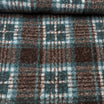

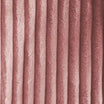

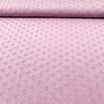
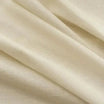
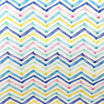
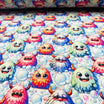



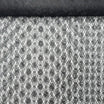
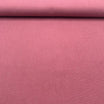
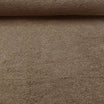
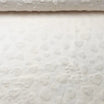
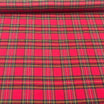
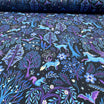
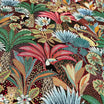

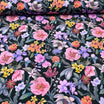
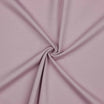
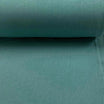
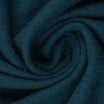
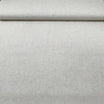
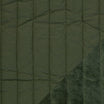
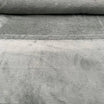
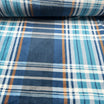

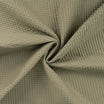





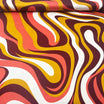


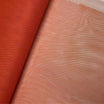

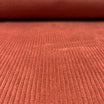
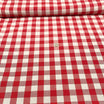
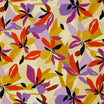
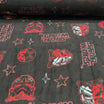
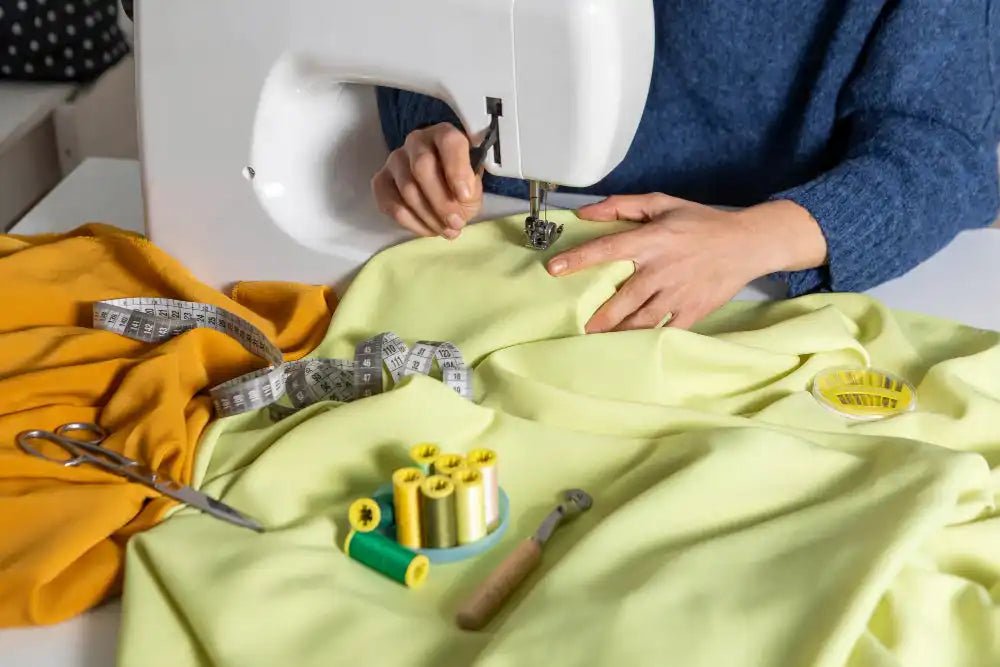
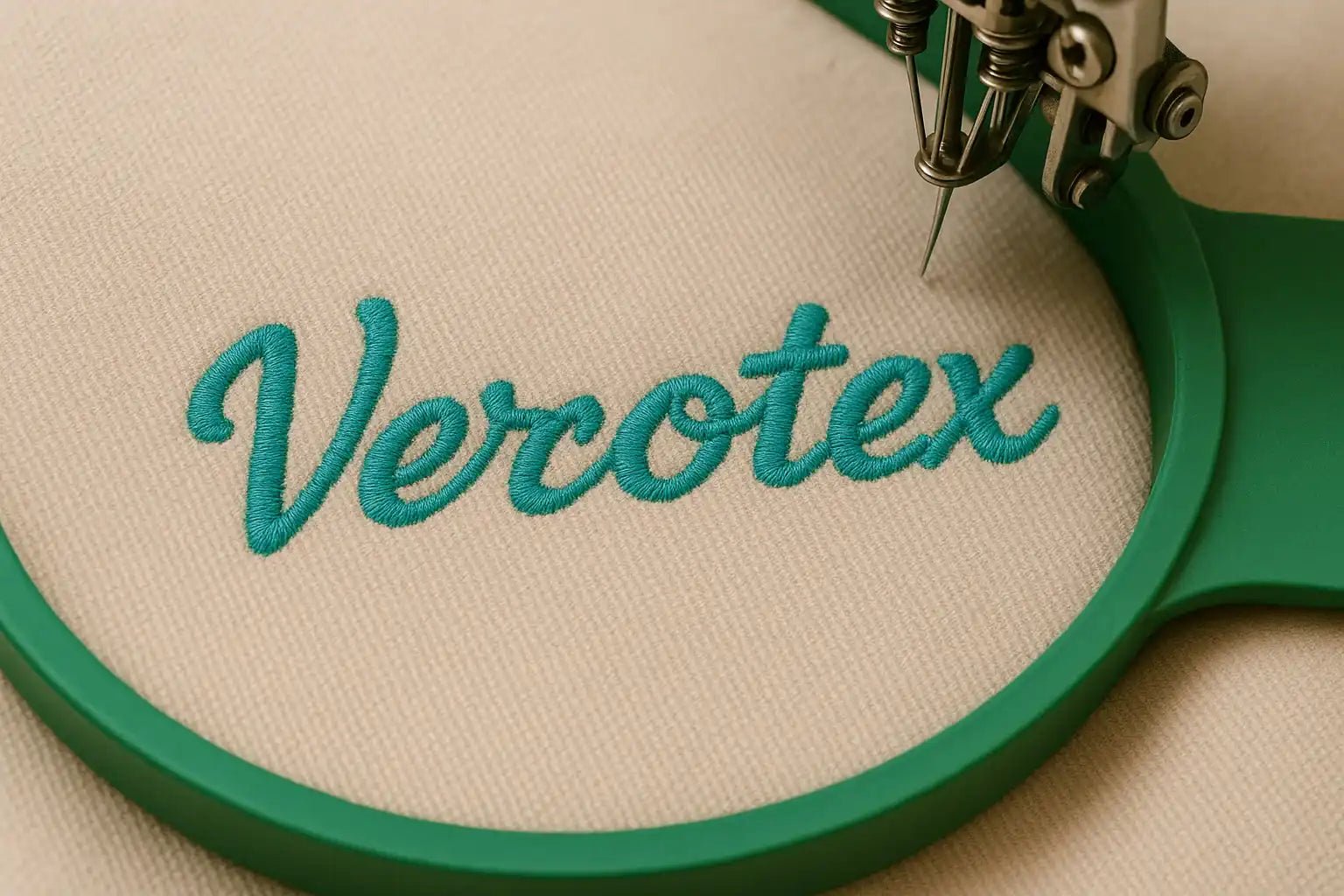

Leave a comment
All comments are moderated before being published.
This site is protected by hCaptcha and the hCaptcha Privacy Policy and Terms of Service apply.